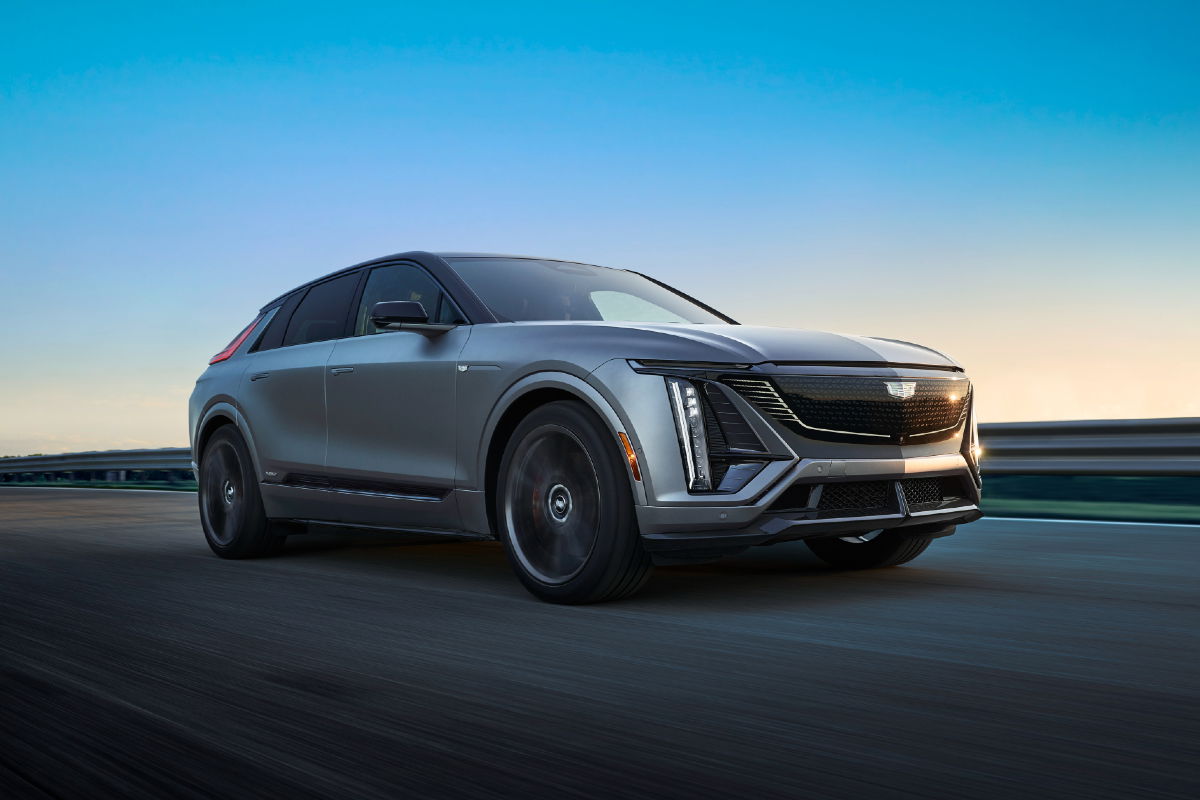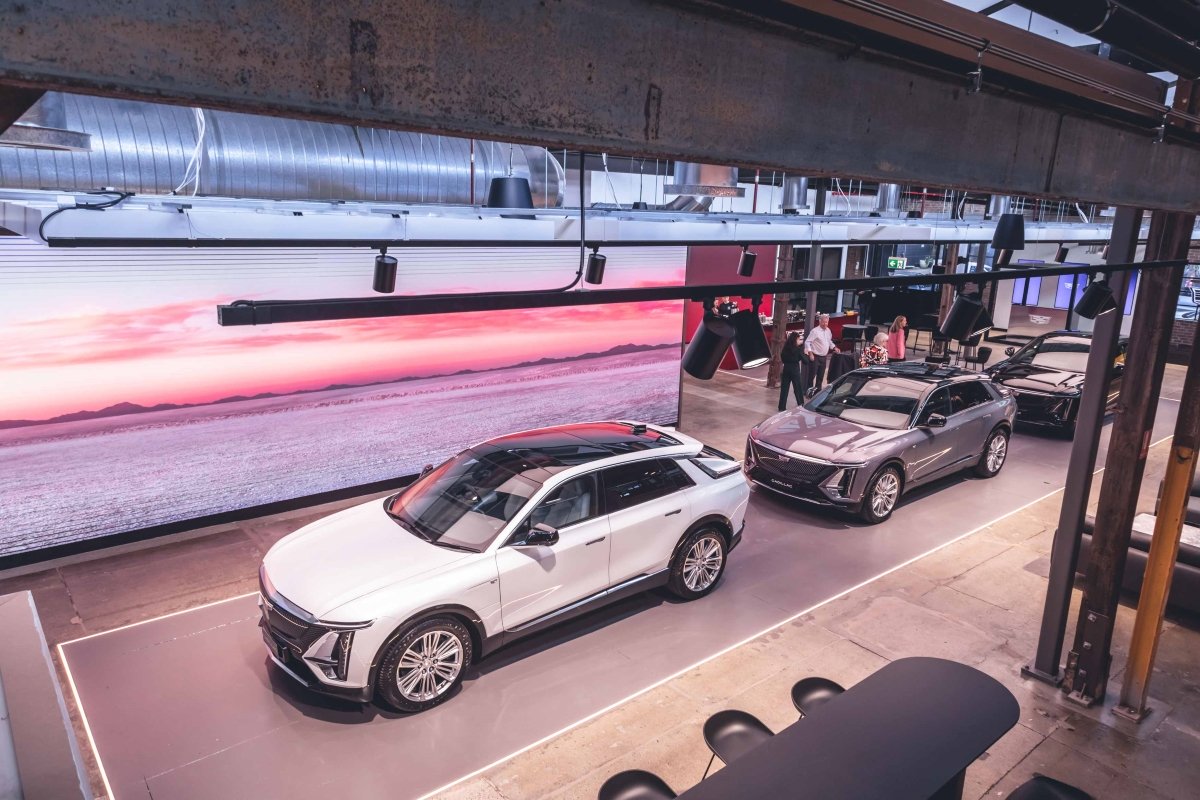
Let’s set the scene.
An eager and passionate Michael Andretti approaches the prestigious FIA, enthusiastically presenting his plans to bring a new team to Formula 1. He proposes value, excitement, and growth, only to be rejected. Then, once Michael steps away – for reasons of his own – his team partners with a more globally recognised entity, and joins one of the most prestigious sports in the world.
If you thought this week’s news was dull, let me tell you – it wasn’t.
READ MORE: Cadillac confirms new performance hero for Australia
On Monday, Formula 1 announced that General Motors (GM), with Cadillac, will join the grid in 2026. This announcement follows Audi’s move to the grid in 2026, formally branded as Sauber. But this raises the inevitable question: Why not Andretti?
The popular American motorsport organisation submitted an application as Andretti-Cadillac back in January, hoping to secure a place on the grid for 2026. However, it was rejected, with the FIA citing a lack of demonstrated value to the sport. F1 expressed concerns that an 11th team, under Andretti’s leadership, would not be competitive enough and would fail to add the desired value.

Enter General Motors.
From the start, Michael Andretti’s vision and Formula 1’s expectations seemed to clash. This tension, however, was not the sole reason behind Andretti stepping away from his post in September. He handed the reins to his business partner, Dan Towriss, who struck gold and realised that if they want their lofty-F1 dreams to come true, the deal needed to be reshaped with greater involvement from General Motors.
“The Cadillac F1 Team is made up of a strong group of people who have worked tirelessly to build an American works team,” Andretti shared following Monday’s announcement. “I’m very proud of the hard work they have put in and congratulate all involved on this momentous next step. I will be cheering for you!”
Cadillac’s entry into Formula 1 represents more than just motorsport glory; it’s part of a broader strategy and establishes the company as a major global player. The iconic American brand has been steadily expanding its international presence. In Australia this year, for instance, Cadillac recently opened an immersive showroom and experience centre, showcasing its shift to a direct-to-customer approach rather than relying on traditional dealerships.
Even though Cadillac’s future is centred around electric vehicles and F1 is sticking with hybrid powertrains for the foreseeable future, joining the sport at a time when its popularity is reaching new heights makes perfect sense for any brand looking to grow its sales. Cadillac may seem like an unlikely brand, given Chevrolet is typically General Motors’ motorsport go-to, but the premium nature of F1 marries perfectly with Caddy. So to does the idea of racing against (and hopefully beating) the likes of Ferrari, Aston Martin, McLaren, Mercedes-AMG and Audi.
But the most significant change is the shift in branding. The new team will not bear the Andretti name. Although Michael Andretti played a crucial role in initially pushing for F1 entry, the team will take to the grid branded as Cadillac, backed by General Motors. The only Andretti involvement will be through Michael’s legendary father, Mario Andretti, who will serve on the board in a non-executive role.

But adding an eleventh team comes with its pros and cons, and raises important logistical and safety questions. How will the FIA handle the complexities of racing in Monaco with 11 teams? The Monaco Grand Prix, beloved for its history and glamour, poses significant challenges even for current, seasoned drivers. With another two cars on the grid, there’s potential for increased crashes on the narrow streets of Monte Carlo.
While the sport’s legacy will undoubtedly endure, this expansion could change its dynamics. There is one thing I know for certain: Cadillac’s presence will amplify Formula 1’s appeal at U.S-based Grand Prix events, which are already experiencing unprecedented growth.
Cadillac’s entry also prompts speculation about potential rule changes. Could more teams on the grid lead to longer races or even an overhaul of the current points system? Would a larger grid enhance the spectacle for fans or risk diluting the competition?
On the flip side, adding another team could create more opportunities for diversity and inclusion, while potentially giving two more young drivers the chance at racing in Formula 1.
For now, these questions remain unanswered, or may never need answering. But one thing is clear: Cadillac’s entrance into F1 is not just about filling a spot on the grid. It is about redefining the sport’s global appeal, challenging the status quo, and making a bold statement in one of the world’s most prestigious arenas.












Discussion about this post